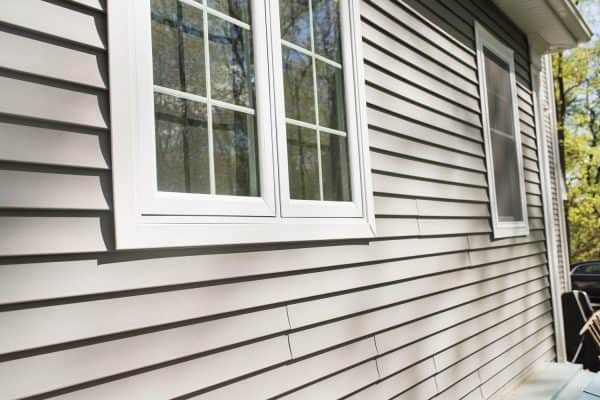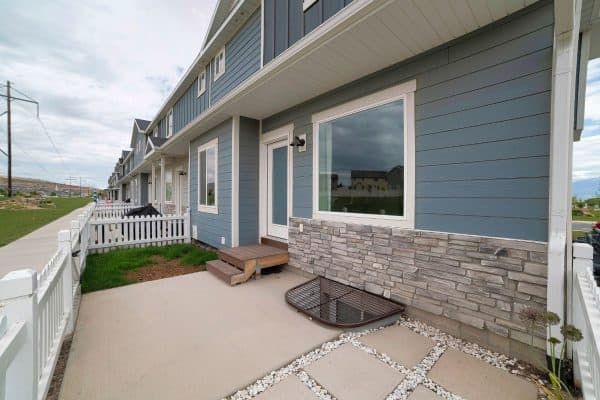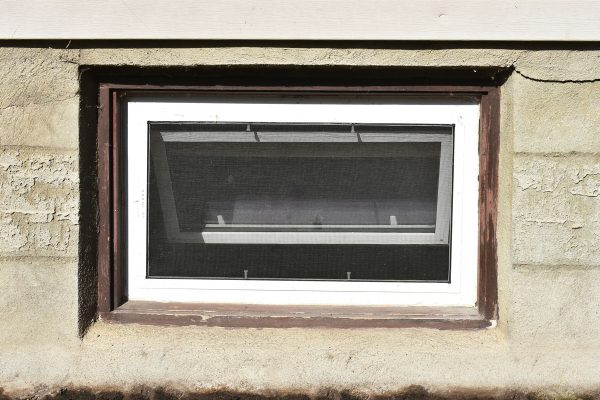Glass block windows can be aesthetic pieces in locations like the basement or the bathroom. But can these glass pieces block sound? We researched the answer to this question and here’s what we found.
Glass block windows aren’t soundproof. But these fixtures are thicker than single-pane windows, allowing them to block more sound than standard windows.
Take note that glass block window installation plays a role in providing optimal sound resistance to the fixture. So continue reading as we discuss the steps to install a glass block window for your home. We’ll also talk about the level of sound resistance of this material in greater detail.
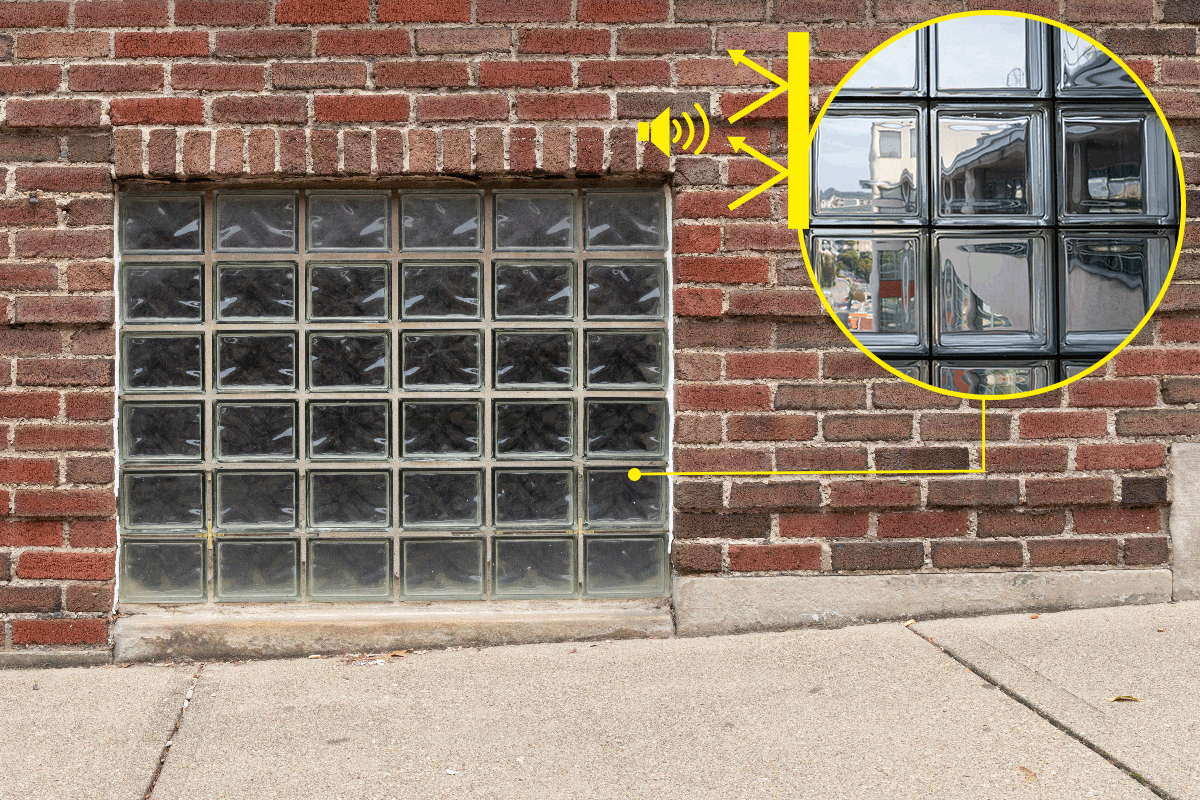
What Is The STC Rating Of Glass Block Windows?
Glass block windows typically have a sound transmission class (STC) rating range of 35 to 40. In comparison, a single-pane window will normally have an STC rating of 25. A rating of 30 will allow most normal speech to pass through a barrier.
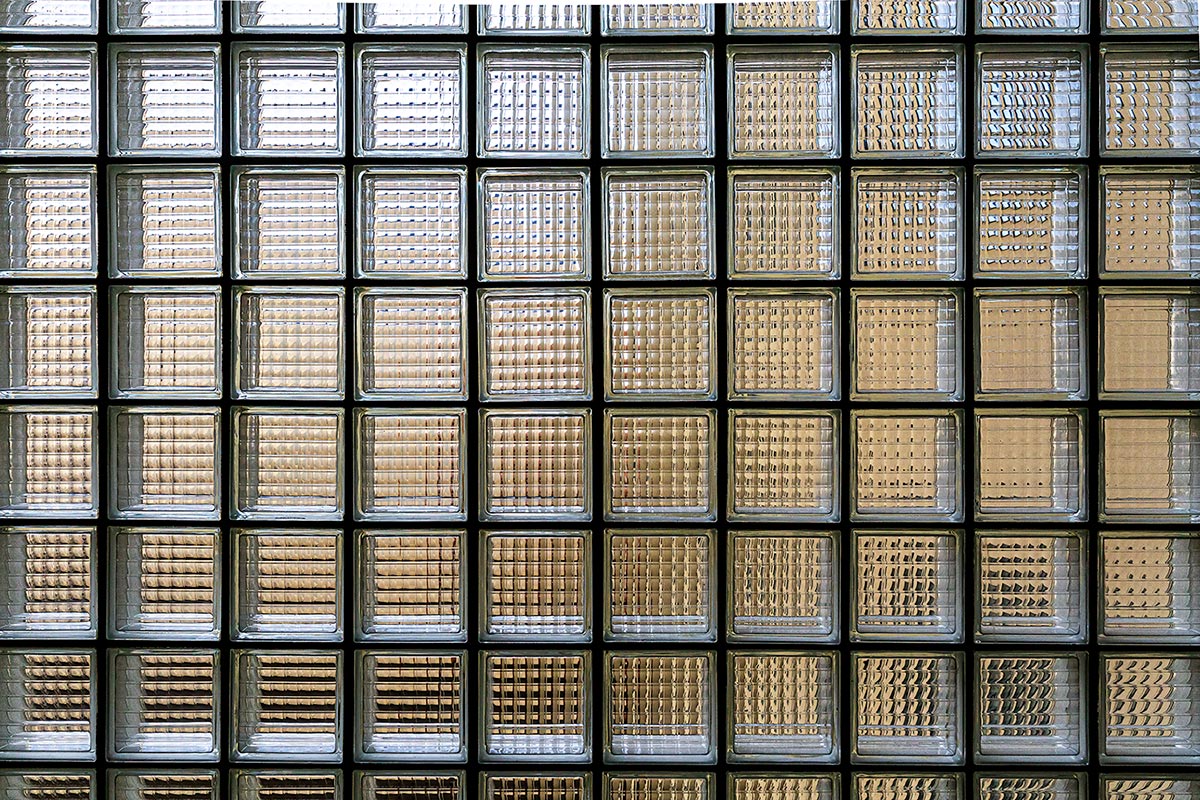
With a good-quality glass block window, it should prevent voices at a relatively normal volume from penetrating the material. Higher-quality glass block windows may muffle loud music, promoting indoor peace.
However, the sound resistance rating can depend on different factors, such as the glass block’s thickness and manufacturer. Other factors that can affect the window’s STC rating are:
- Nearby insulation
- Spacing between components
- Installation issues or lack thereof
- Distance of fixture to the floor and ceiling
What Is The Best Way To Install Glass Block Windows?
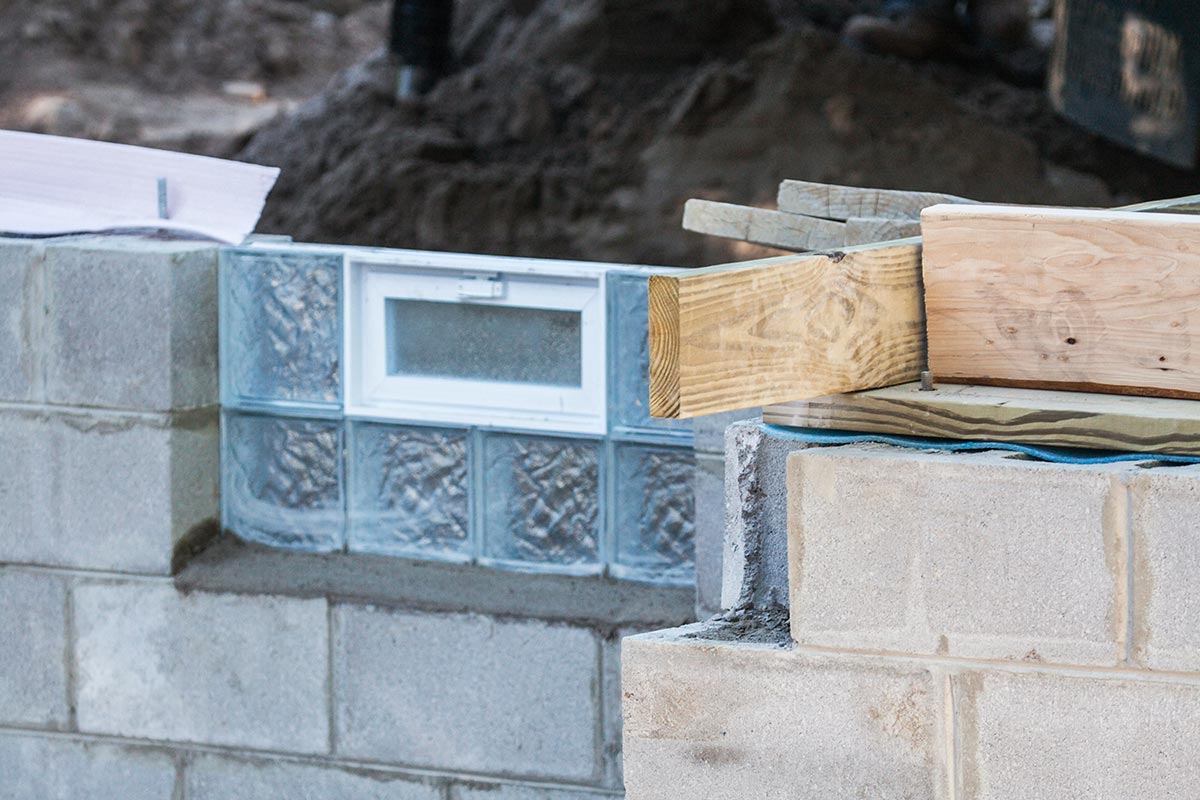
It’s important to note that the best technique to use in installing glass block windows usually depends on different elements. In other words, there’s no single window installation method that can fit all glass block window setups.
So it’s ideal to check the installation procedure’s demands to identify the appropriate measures and steps for completion. Still, adding a glass block window will often follow these general steps:
What You’ll Need
- Mortar
- Acrylic caulk
- Level
- Margin trowel
- Pointing trowel
- Glass block
Step-by-Step Guide
Step #1: Measure The Opening
Glass blocks come in different dimensions that typically range from 3-1/2 x 7-1/2 x 3 inches to 8 x 8 x 4 inches. Some units may also be as large as 18 x 32 inches. So measure your window’s opening to help you choose a correctly sized glass block.
Also, it’s best to order glass blocks that are larger than the opening’s measurements. It’s because it’s often easier to cut a large glass piece to size than to fill in gaps caused by small blocks.
Step #2: Create A Temporary Placement
Grab a small wooden block and place it on the underside of the window sill plate. Secure it with screws afterward. But if the opening doesn’t have a sill plate, you may screw this block into the joist directly.
Step #3: Install The Glass Block
Place and rest the glass block panel onto the wooden block. Make sure to pay attention to the placement so that the panel’s bottom slides inward. Request help from a friend or family member for this step if needed, especially if the block is quite heavy.
Step #4: Level The Placement
Use a level to ensure that the glass block is flush and level. If not, adjust its placement by inserting wooden shims through the gaps. Ensure that the shanks are reasonably thick because you still need to remove them later.
Step #5: Seal The Block
Apply mortar to the window opening’s gaps. Don’t worry about the wooden shims jutting from the gaps at this point. Next, use a margin and pointing trowels to even out the mortar.
After covering most of the gaps, remove the shims and apply mortar to them. Then, wait for at least 2 hours on a hot day for the mortar to dry and cure. If it's a relatively cold day, you may need to wait at least 5 hours before continuing.
With the mortar dries and cures, apply acrylic caulk onto the glass block panel and window sill plate. Make sure to apply the sealant in both the inside and outside locations of the fixture. You may only need to wait for about 15 minutes for the sealant to dry so you can enjoy your new glass block window.
Optional tip: Wait for at least 2 weeks before painting the mortar. Otherwise, applying paint onto that material before that period ends might ruin it, causing irregularities to the installation.
Also, don't forget to practice proper safety protocols during this task. For instance, equip yourself with gloves, goggles, and a face mask or respirator to prevent direct contact with dust. You're going to put yourself at risk of getting eye, nose, or throat irritation if you don't wear these items.
Check out this glass block window on Amazon.
At this point, you might also find it interesting to learn about the steps to tint home windows. If so, read our post about that subject matter to know the procedure.
How To Reduce Noise From Outside Window?

Aside from installing a glass block window, you may also add other soundproofing options to improve the noise resistance of that fixture. Some possible selections you might think about are:
Hang Thick Curtains
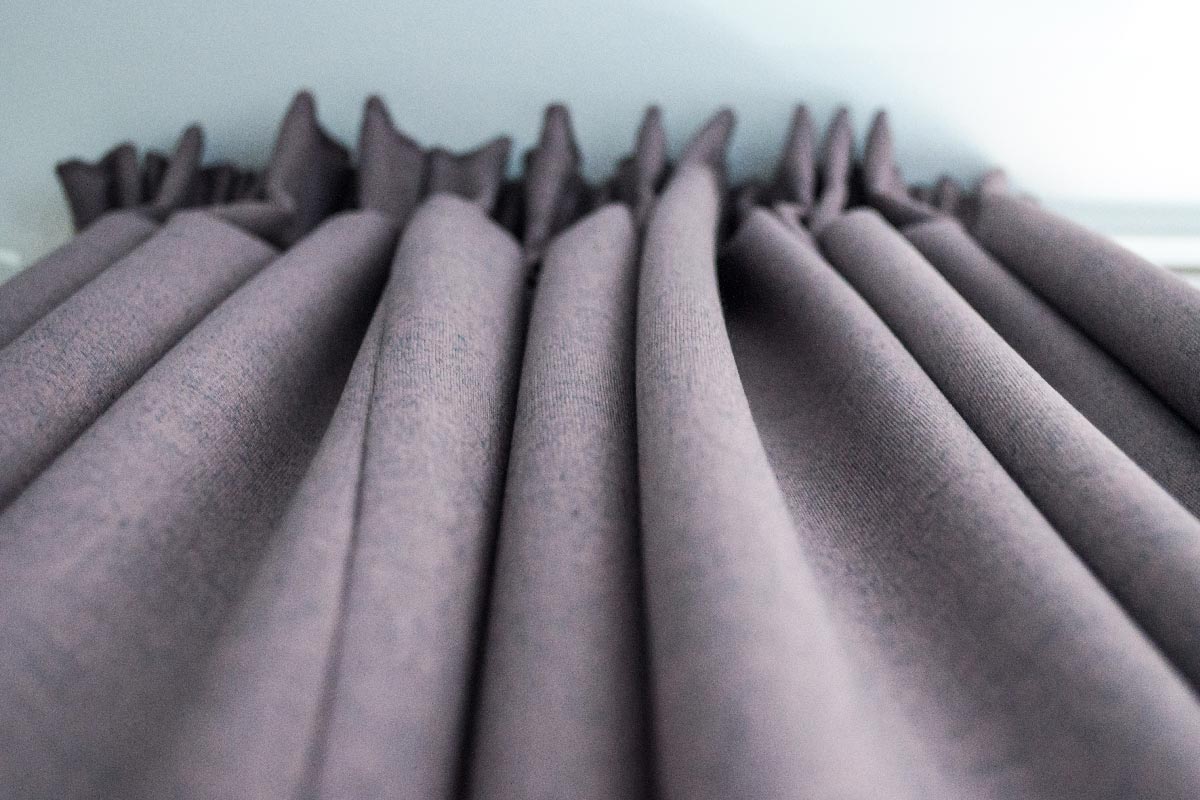
Search and install sound-dampening curtains near your glass block window. These window treatments generally have thick fabrics like vinyl or other similar materials. With the curtains installed, these materials can help in minimizing echoes but might only provide little results in dampening loud noises.
Check out this thick curtain on Amazon.
Watch this video if you need help with the curtain’s installation:
Add Window Inserts
Take note that window inserts are different from replacing the entire panel. With window inserts, you don’t need to remove the glass block. Instead, you might only need the appropriate mounting hardware and some degree of DIY ingenuity. If installed properly, it may improve up to 70% of the glass block’s sound-resisting performance.
Check out this window insert on Amazon.
The following video may also help you in installing window inserts:
Seal The Gaps
Gaps may appear on your glass block window opening over time. If so, sound can seep through these holes, reducing indoor comfort. You can use acrylic caulk with a caulk gun to close those holes.
Check out this acrylic latex caulk on Amazon.
Is Glass Block Cheaper Than Regular Windows?
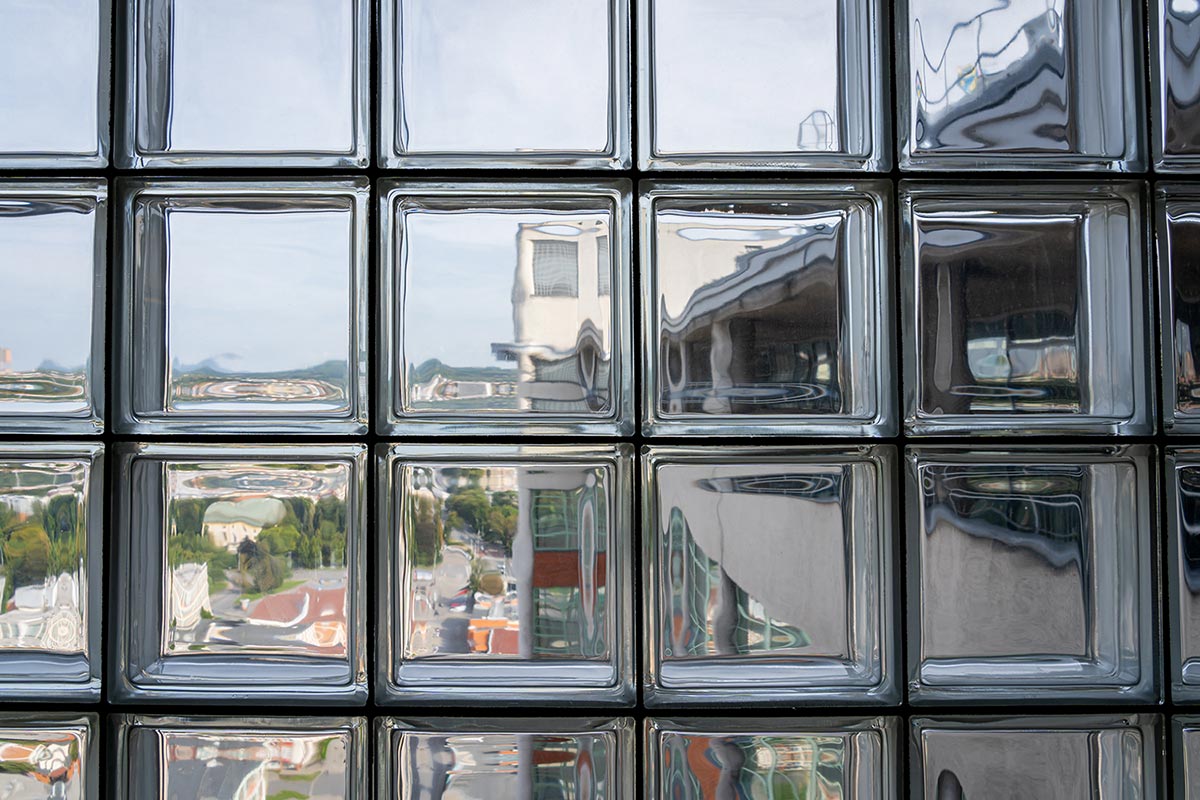
Glass block windows are often more expensive than typical window panes. Expect to pay about $15 to $50 to purchase a single glass block. Plus, you may need to spend extra money for professional window services if you don’t have the skill or confidence to go through with the installation job.
However, you can justify the expense of the glass block windows because of the benefits they bring. Aside from having great sound resistance, other advantages of these fixtures are:
Reduced Energy Costs
Thick glass block windows may also help in improving insulation. If installed properly, the window should enhance indoor thermal resistance to help reduce energy usage.
Less Maintenance
Good-quality glass block windows may not require significant care, unlike certain single-pane window models. These glass blocks often use sturdy materials sealed with mortar to reduce and perhaps eliminate seasonal maintenance.
Enhanced Privacy And Security
Glass block windows also have frosted options, allowing household members and guests to enjoy their privacy with peace of mind. Some options also scatter light in different places, making it difficult for people with flashlights to peer through the panes.
Final Words
Despite glass block windows not being completely soundproof, they can still block a fairly good degree of noise. Thick variants may also block loud music, which can become great choices if you have noisy neighbors.





